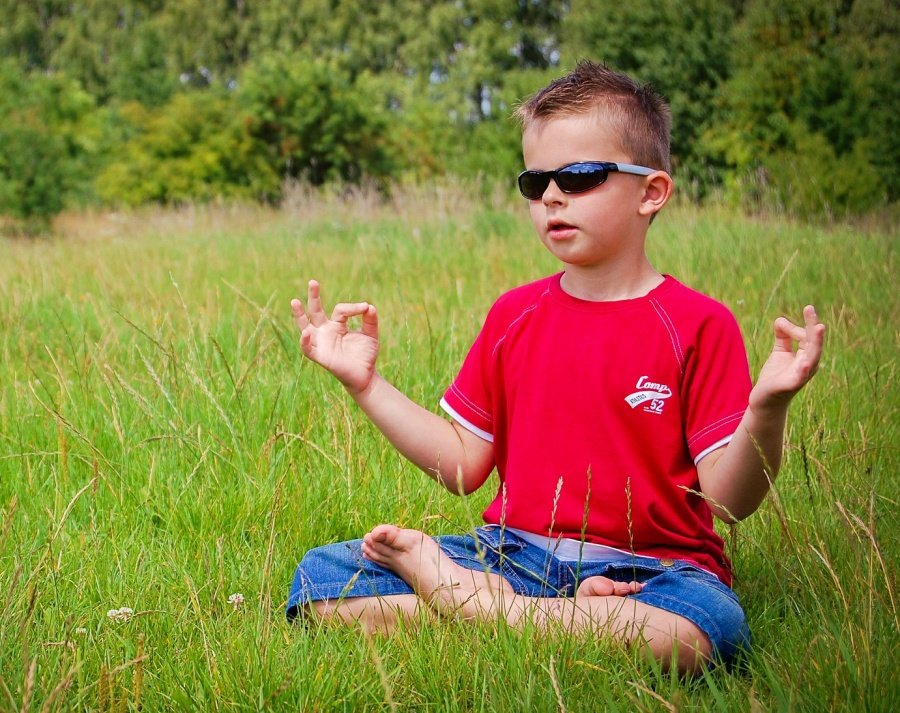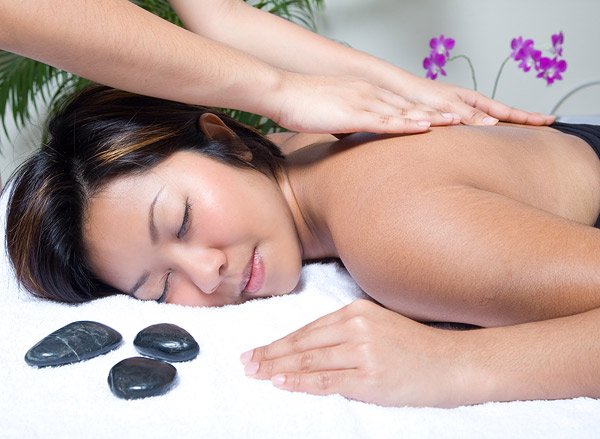Most people don’t think of massage therapy as a treatment for veterans, but it can be very beneficial. Veterans, you deserve the best of the best when it comes to your health and well-being. That’s why we’d like to let you know about the amazing benefits of massage therapy. From reducing stress and anxiety to easing pain and improving sleep quality, massage can help you feel your best both mentally and physically. Did you know that massage therapy is one of the most effective ways to treat PTSD?
If you’re a veteran who is interested in trying massage therapy, be sure to talk to your doctor first to see if it’s right for you. There are many different types of massage therapies available and it is important to find the right one for you.
Massage therapy for veterans can manage pain and stress
Chronic pain is a major health concern within the veteran population. According to the American Massage Therapy Institute, Musculoskeletal pain is common, with research showing it’s the leading cause of disability among veterans and that up to 70 percent of the veteran population is affected.
Massage therapy can help with chronic pain. Massage therapy is often prescribed as a regular, non-evasive, non-addictive pain management tool.
Besides the pain itself, as if that wasn’t enough, chronic pain can cause other symptoms like loss of sleep, elevated levels of stress, depression, and anxiety. These issues, coupled with the pain, create a vicious cycle of pain for those who suffer from the problem. Massage can break that cycle.
Massage Can Help With PTSD
While massage can help with stress and anxiety, it doesn’t make PTSD go away. It can make it easier to manage. If you, or someone you know, suffers from PTSD, a massage may be a great way to manage triggers and reduce anxiety.
According to Psychiatric Times, massage controls pain severity through its effects on both physical and psychological symptoms. A significant reduction of PTSD symptoms has been seen in veterans after massage therapy. Moreover, findings suggest a reduction in substance abuse, anxiety, stress, depression, and dissociation.
Massage Can Help with Anxiety
The Mayo Clinic reports a 60-minute massage can lower cortisol, the stress hormone, by up to 30 percent after just one session. Stress is a huge part of anxiety and lowering stress is the key to managing anxiety.
If you have been feeling overly anxious lately due to events you can identify or are looking for ways to manage your anxiety disorder in a gentle, relaxing way, the good news is that massage therapy can really help.
Massage Therapy Promotes Better Sleep
Insomnia and sleep disorders are also common in the veteran population. According to the AMTA, “While insomnia is a common issue among the general U.S. population, this condition presents an even greater problem to veterans. A study conducted in 2017 involving primary care providers’ perspectives on veterans showed that more than half of the veterans already enrolled in VA health care centers in the Midwest demonstrated having significantly higher levels of insomnia.
As with so many other conditions, sleep disturbances can lead to other problems. For example, a 2017 study found that sleep disturbances and nightmares may be linked to an increased risk for suicide.
The best way to achieve healthy sleep habits is by natural medication-free means. Studies have shown that regular massage therapy reduces fatigue, promotes relaxation, and contributes to high-quality sleep. The benefits of massage are both immediate and long-term.
People who receive massages experience a more restorative type of sleep, both immediately following the massage and even several hours afterward. Their bodies are more relaxed, with reduced aches and pains, and able to fall more quickly into a deep sleep.
There are many different types of massage, so veterans can find one that best suits their needs
As a trained and certified massage therapist, I offer a variety of services to suit different needs. The following types of massage could be helpful.
Swedish Massage
This is one of the most well-known types of massage. When people talk about massage therapy, they most likely mean a Swedish massage. It is sometimes called a “classic massage.” A Swedish massage is characterized by long gliding strokes, kneading, and circular movements on the body. Massage lotion or oil is applied to reduce friction on the skin during a session. This type of massage helps ease joint pain, muscle aches, and stiffness. It also improves circulation and facilitates healing after an injury. It is highly adaptable and could be very gentle and relaxing.
Chair Massage
Chair massages are also known as seated or on-site massages. The fully-clothed client sits on a specially-designed chair, which facilitates the session. The massage is concentrated mainly on the back, arms, and hands of the client. The therapist may use a variety of techniques, such as Swedish and Deep Tissue massages. An advantage of this type of massage is its versatility and portability.
Deep Tissue Massage
Deep tissue massages, as the name implies, go deeper into the muscles than a regular or Swedish massage. It can help with rehabilitation after an injury, chronic muscle pain, and conditions such as arthritis and tendonitis. It is often combined with other types of massage.
Massage therapy is an effective way to manage chronic pain and improve your overall health. As a trained and certified massage therapist, I offer a variety of services to suit different needs. Please contact All Body Kneads and schedule a message today.
Thank you for your service.








